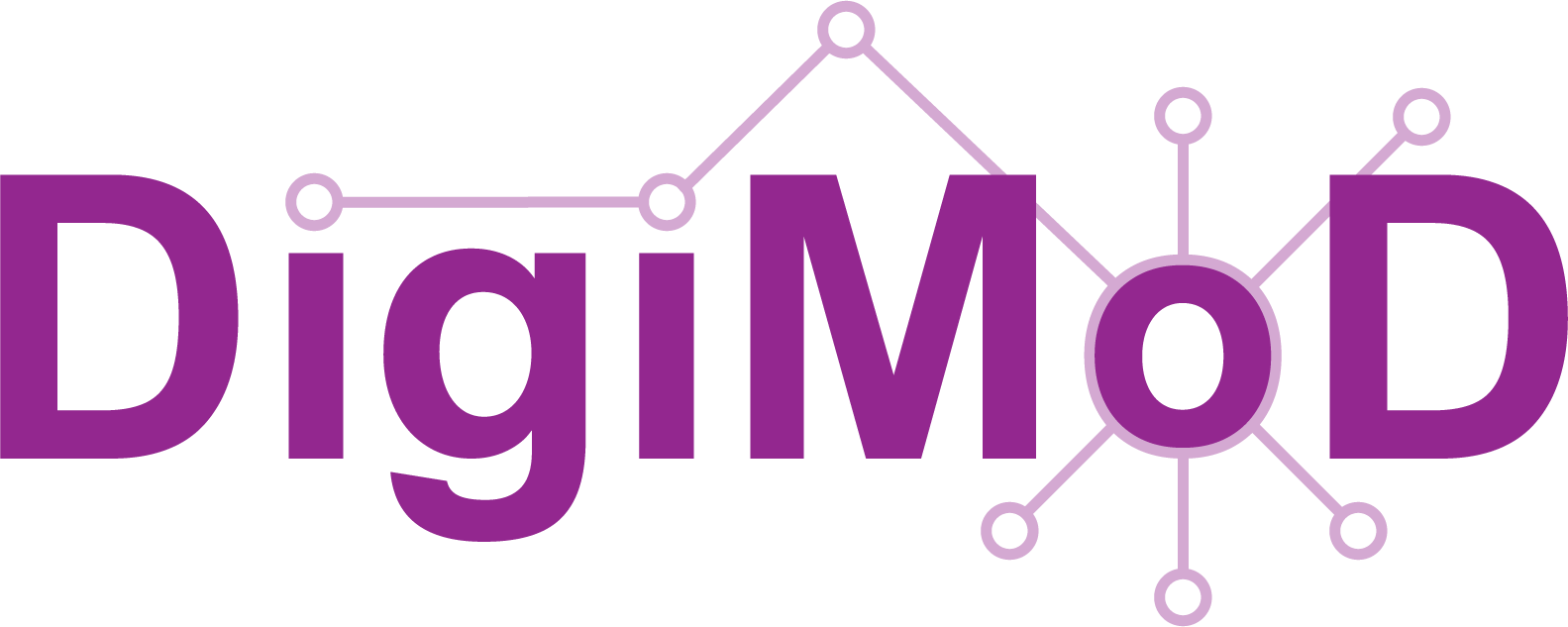At the beginning of this year, Dr. Kilian Buehling, Prof. Dr. Annett Heft, and Xixuan Zhang (all from the Weizenbaum Institute and Freie Universität Berlin) published their paper Veiled conspiracism: Particularities and convergence in the styles and functions of conspiracy-related communication across digital platforms in New Media & Society.
Their research explores how digital communication spaces serve as critical infrastructures for anti-democratic actors to disseminate harmful content, particularly conspiracy theories. By exploiting platform affordances, these actors integrate conspiracy narratives into broader public discourse to advance their political agendas.
To examine platform-dependent differences and convergence, the study compared the word choice, language style, and communicative functions of conspiracy-related content. The researchers focused on two prominent conspiracy theories—the New World Order and the Great Replacement—analyzing their presence on 4chan/pol/, Twitter, and seven alternative U.S. news media outlets from 2011 to 2021. Using a multi-method approach combining computational and quantitative text analysis, they found that conspiracy narratives have become increasingly prevalent across all venues.
While language varied significantly between platforms, the study revealed a striking convergence in style between Twitter and 4chan. Notably, the findings highlight how coded language allows racist and antisemitic content to spread beyond so-called dark platforms, making it more difficult to detect and regulate.
The full paper is available as an open access publication. The paper, “Veiled conspiracism: Particularities and convergence in the styles and functions of conspiracy-related communication across digital platforms” was published in the journal New Media & Society and can be found here: https://doi.org/10.1177/14614448251315756
